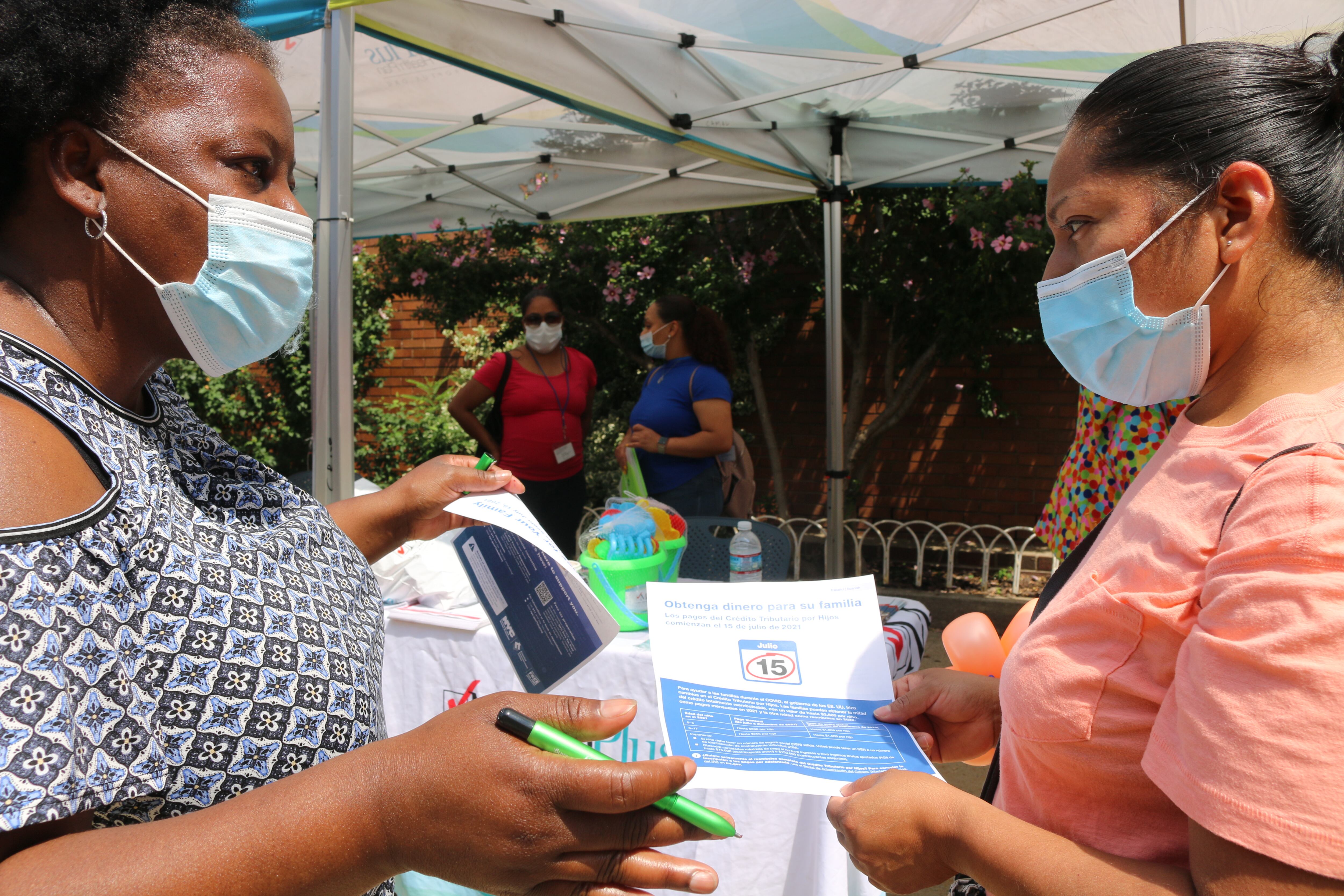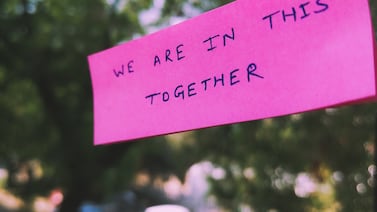With sneakers on her feet, a take-out cup of coffee in hand, and fliers tucked under her arm, Karla Velasquez hit the streets of the South Bronx with a mission: to get more money into the pockets of families who need it.
As director of financial empowerment at the nonprofit BronxWorks, she leads programs that help low-income families get on more stable financial footing through tax preparation assistance, and providing guidance for chipping away at their debt and boosting their credit scores. This year, her job also entails going to where kids and families are to spread the word about a historic expansion of child tax credits.
Sometimes described as guaranteed income for families or social security for children, the tax credits are a centerpiece of massive increases in government aid during the pandemic. Coupled with more food aid and jobless benefits, they have the potential to drive poverty in America down to the lowest level recorded. The sharpest declines are expected among children. And with more money in their parents’ pockets, research suggests many children could wind up performing better in school.
But before any of that can be true, people like Velasquez have to make sure the benefits reach everyone who qualifies.
“We’re trying to be everywhere in the Bronx,” she said.
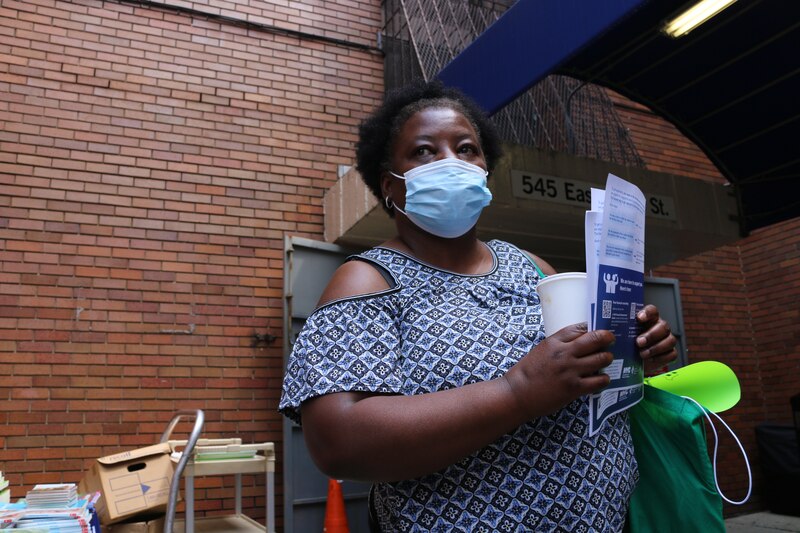
Approved as part of the nearly $2 trillion American Rescue Plan, the expanded tax credits are bigger — up to $1,600 more per year for younger children and $1,000 more for those up to age 17. They also now extend to families who previously did not earn enough to file taxes. Not only are these families off the radar of the Internal Revenue Service, which is administering the credits, they might not be known by local organizations like BronxWorks, which this year helped 6,500 people file their taxes.
That makes reaching them all the more challenging. Payments have already gone out to more than 2 million children across New York state, according to the Treasury Department, out of an estimated 3.2 million who are eligible.
Most households, about 875,000 in New York City, will automatically receive checks because they’ve previously filed taxes or applied for stimulus payments during the pandemic. But an estimated 250,000 families in the five boroughs haven’t filed before, according to city estimates. The city’s Department of Consumer and Worker Protection is leading efforts to reach those families, partly by funding organizations including BronxWorks to offer assistance beyond the regular tax preparation season.
At stake: $1.3 billion that New York City families are eligible to receive, said Sandra Abeles, acting commissioner of the department.
“It’s a massive amount of money,” she said.
The city has zeroed-in on about two dozen community districts with the highest numbers of families who haven’t filed taxes, including Port Richmond on Staten Island, Flushing in Queens, Manhattan’s East Harlem, and Coney Island in Brooklyn. The Bronx ZIP code where Velasquez pounded the pavement on a recent August afternoon is home to an estimated 900 children whose families are non-filers, according to federal data.
She was not only out to reach the non-filers. In the Bronx, more than 19% of households are unbanked and another 29% are underbanked — meaning they may not be able to produce the documentation necessary to open an account, or have enough money to maintain minimum deposit amounts. That is the highest rate of any borough in the city. It can make for complicated tax situations, and require some detective work on the part of people like Velasquez.
She and a team of people from BronxWorks, the Department of Worker and Consumer Protection, and other local organizations dropped off fliers at a job fair at a local public housing complex, a school where families could pick up free meals, and a summer school site. They made made their way to a block party outside a health clinic, where Velasquez bumped into Rosa Hidalgo scanning the information booths.
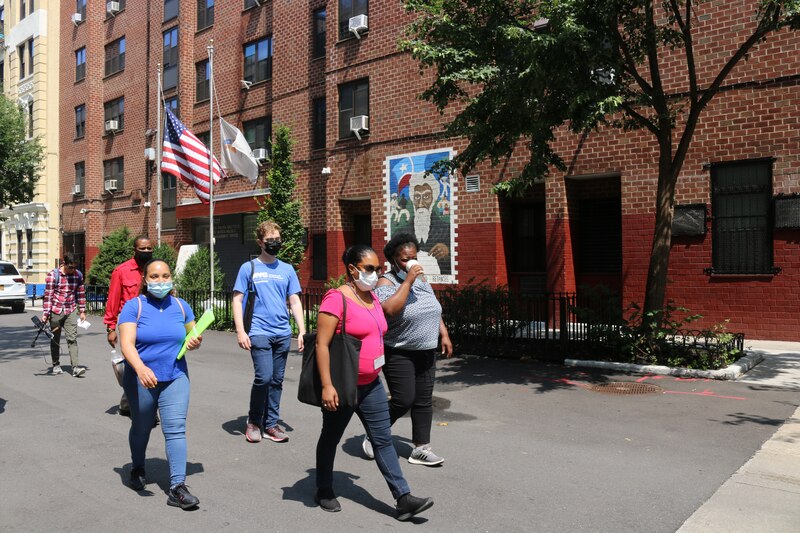
A mother of three, Hidalgo told Velasquez that she had heard about the expanded federal child tax credit. She didn’t know she should have received the first payment already — $300 a month for children under 6-years-old, and $250 for those up to age 17. The credits began going out mid-July and will continue every month through the end of the year, something else that sets the them apart from the annual payments of prior years. Half of the money is paid through December and the rest will be dispersed after families file taxes next year.
Velasquez quizzed the mom about her taxes: Did she use a preparation service? Did she file jointly with anyone? Where was her return sent? They swapped cell phone numbers and Velasquez promised to follow up.
Mixed-status families — where children are American citizens but their parents are undocumented — face particular barriers to accessing the credits. Any child with a social security number is eligible, but parents without social security numbers must have an Individual Taxpayer Identification Number, or ITIN. Those who don’t already have ITINs face a current backlog of applications.
Other parents may need to hunt for their payments, such as those who don’t file taxes but allow other family members to claim their children as dependents. In those cases, the monthly benefits are automatically sent to the account of the filer. For others who use tax preparation services and don’t have bank accounts, their refunds may go to the business place where parents filed. If families don’t know to claim their checks, the money could be sitting there, unspent.
Hidalgo wasn’t sure if her family would qualify for the credits since she and her husband filed their taxes with an ITIN, and they had been left out of previous rounds of stimulus funding. Without money coming in, the pandemic had been hard on her kids and their schooling.
Hidalgo only recently began working again after a year without employment as a nanny and housekeeper. She depended on community organizations to keep her family fed and did her best to help her children through remote school even while dealing with the grief, still fresh, of losing her brother and cousin to the virus.
“It was hard, to tell the truth,” she said. “Sometimes they didn’t understand their homework, and I couldn’t help them. No one expected this. It was frustrating for them and for me too.”
The extra money, she said, would go towards buying clothes for heading back to school, catching up on the rent, and putting food on the table. She found it hard to settle on a spending priority when money was needed for “everything,” she said.
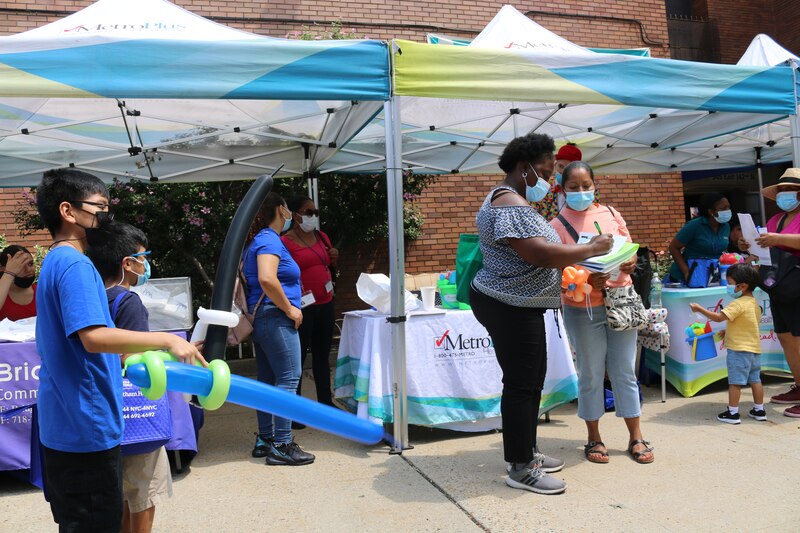
Giving families more money does more than keep cupboards full. It can change the trajectory of children in school and later in life. Research shows that anti-poverty programs can lead to higher test scores and graduation rates for students, and even increased earnings after joining the job market.
As Democrats lobby to make the tax credit permanent, a spotlight will be on how it boosts outcomes for families — making it all the more important for supporters to make sure the money actually reaches those who could benefit most.
“Before the American Rescue Plan, the structure of the original child tax credit was so regressive that it left behind a third of American children — the poorest children in America,” said U.S. Rep. Ritchie Torres, who represents the South Bronx and made approval of the credits a top priority in his freshman year in Congress. “When you lift people out of poverty, you improve the overall quality and stability of their lives — including their education. Especially their education.”
Velasquez said the families she has talked to all have different spending plans. Many are hoping to build savings that were drained during the pandemic or pay down debt accumulated while moms and dads were out of work. Others will use it for basic needs, like finally being able to buy a bigger bag of rice and cooking oil, she said. The timing of the payments, coming just before children are set to return to school after many spent the last year learning online, means more will start classes on more stable financial ground.
“You’re going to be able to afford to buy school supplies, to have a meal for breakfast to make sure that your kid goes to school, and they’re not hungry,” she said. “You know, like peace of mind for a child.”


